
by Rachael Cristine Woody | May 28, 2025
As part of our 3D storytelling series, we explore Harvard Museum of the Ancient Near East’s “Art of Intimidation” exhibit, where a charismatic guide and AR animations provide online visitors with a sensory-rich tour.

by Rachael Cristine Woody | May 21, 2025
See how the 3D exhibit of Queen Meresankh’s tomb uses archival materials, contextual links, and a dollhouse-style floor plan to deepen virtual storytelling.

by Rachael Cristine Woody | May 14, 2025
Step inside the ancient Tomb of Queen Meresankh III through the lens of modern 3D storytelling. Look at how Mused.com uses “hot spots” to craft an immersive narrative.
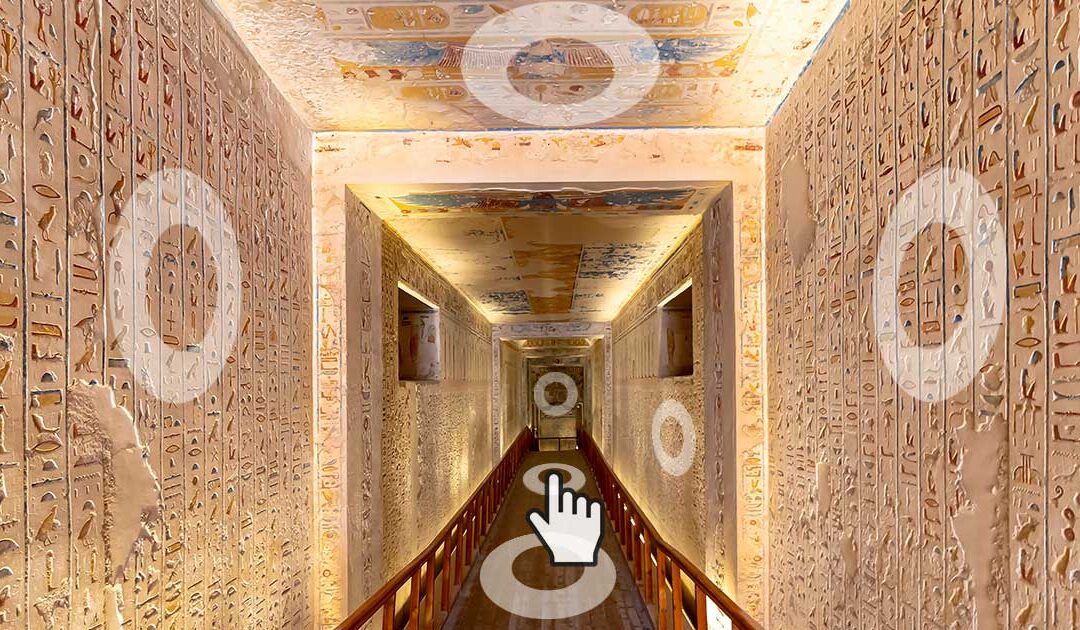
by Rachael Cristine Woody | May 7, 2025 |
Discover how 3D and virtual tour platforms can transform storytelling in museums and cultural heritage sites. Learn about features, examples and what’s next for this powerful technology.

by Rachael Cristine Woody | Apr 30, 2025
Explore how the NYT used digital storytelling to recreate Greenwood and convey the 1921 Tulsa Race Massacre with empathy, context, and immersive design.

by Rachael Cristine Woody | Apr 23, 2025
Explore how USC Libraries used Scalar to create the Digital Voltaire Project—a code-based exhibit combining historical letters with modern digital storytelling tools like pop-up windows, hyperlinks, and footnotes.
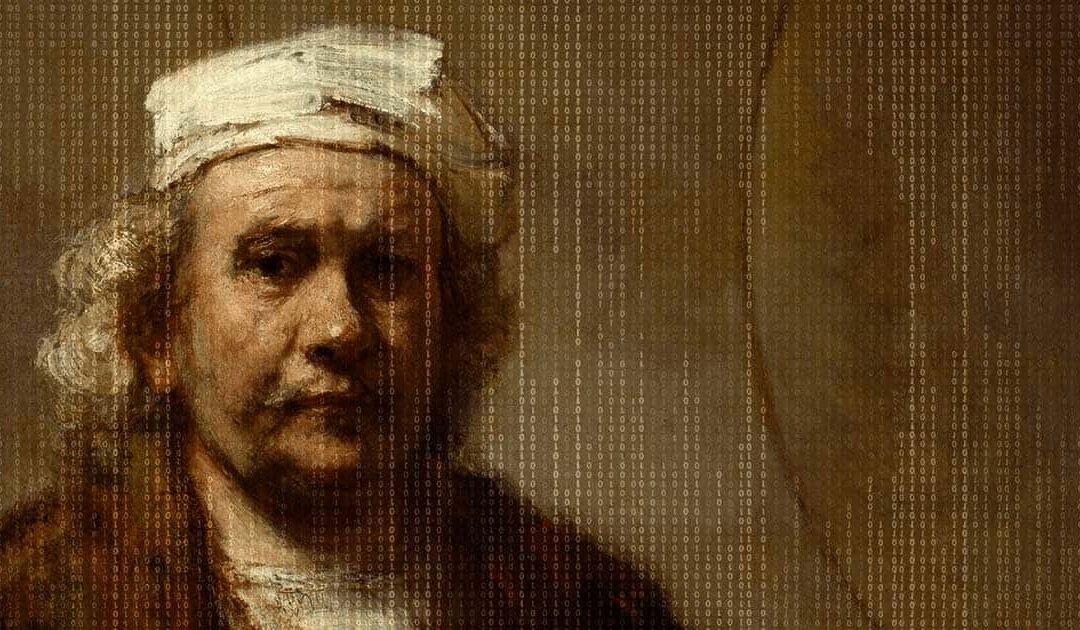
by Rachael Cristine Woody | Apr 16, 2025
Explore how English Heritage’s Kenwood House uses the no-code platform Shorthand to bring Rembrandt’s Self-Portrait with Two Circles to life through visual storytelling and interactive design.

by Rachael Cristine Woody | Apr 9, 2025
Explore no-code digital storytelling with Hoover’s ‘Fanning the Flames’ exhibit. See how interactive tools (Deep Zoom, Color Compare & Hot Spot) enhance user engagement and the visual experience.

by Rachael Cristine Woody | Apr 2, 2025
Discover how museums use scrollytelling and digital storytelling platforms to create immersive narratives. This introduction explores key concepts and approaches to interactive storytelling.

by Rachael Cristine Woody | Mar 26, 2025
Discover how self-determinate multiple pathways offer flexible, interactive storytelling in museum exhibits. Learn from the Tenement Museum’s ‘Your Story, Our Story.’

by Rachael Cristine Woody | Mar 12, 2025
Rachael Woody emphasizes that storytelling is key to engaging audiences with collections. One effective approach? The prescriptive linear pathway—a simple yet powerful method for guiding visitors through digital exhibits.

by Rachael Cristine Woody | Feb 5, 2025
A museum’s Collections Management System (CMS) is more than just a catalog—it can also serve as a foundation for digital storytelling. By leveraging the rich object data and images already housed in the CMS, museum professionals can experiment with new ways to craft compelling narratives. In this article, Rachael Cristine Woody explores how different types of digital surrogates can bring museum collections to life online.
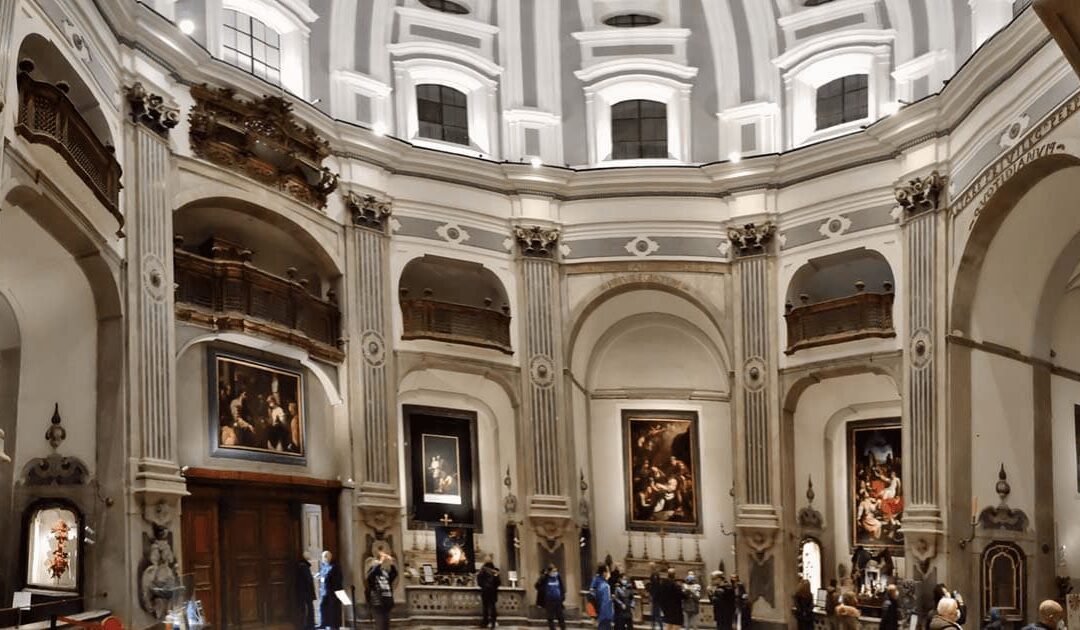
by Rachael Cristine Woody | Jan 8, 2025
This is the sixth year of our forecasts for the museum field! An incredible amount of change has occurred in the sector which brings with it new challenges and opportunities.
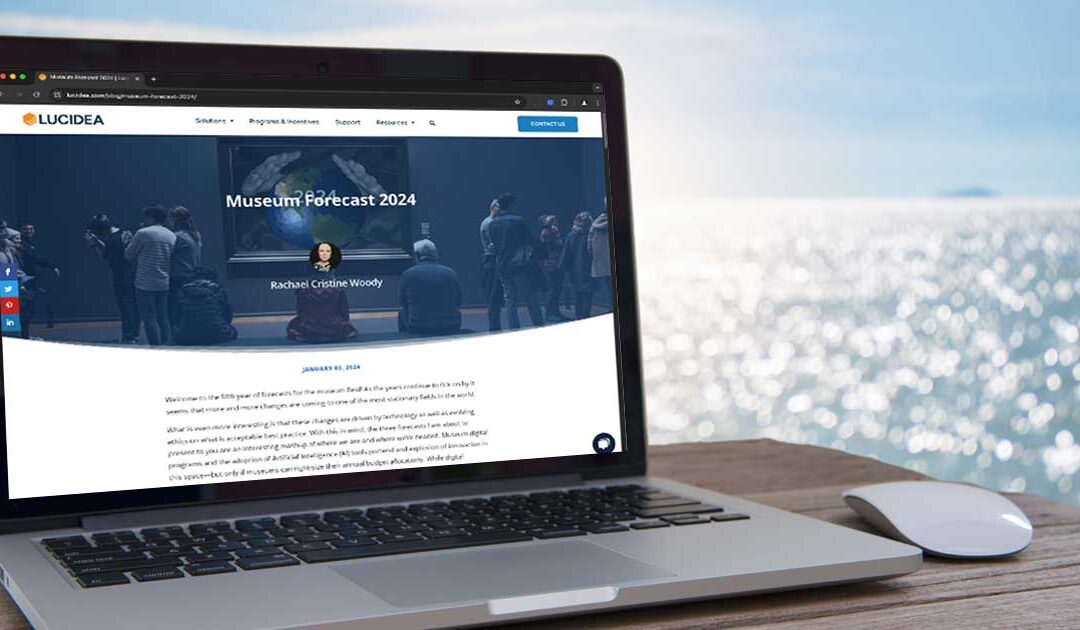
by Rachael Cristine Woody | Jan 2, 2025
At the start of 2024, I shared three forecasts for museums regarding digital programs, AI, and burnout in the museum industry. This post recaps the specifics of my forecast and how those areas actually evolved over the course of 2024.

by Rachael Cristine Woody | Dec 18, 2024
Let’s look at the numbers and consider taking inspiration from what our visitors are most interested in. This demand-driven approach can be incredibly informative and can offer fodder for stories in perpetuity.
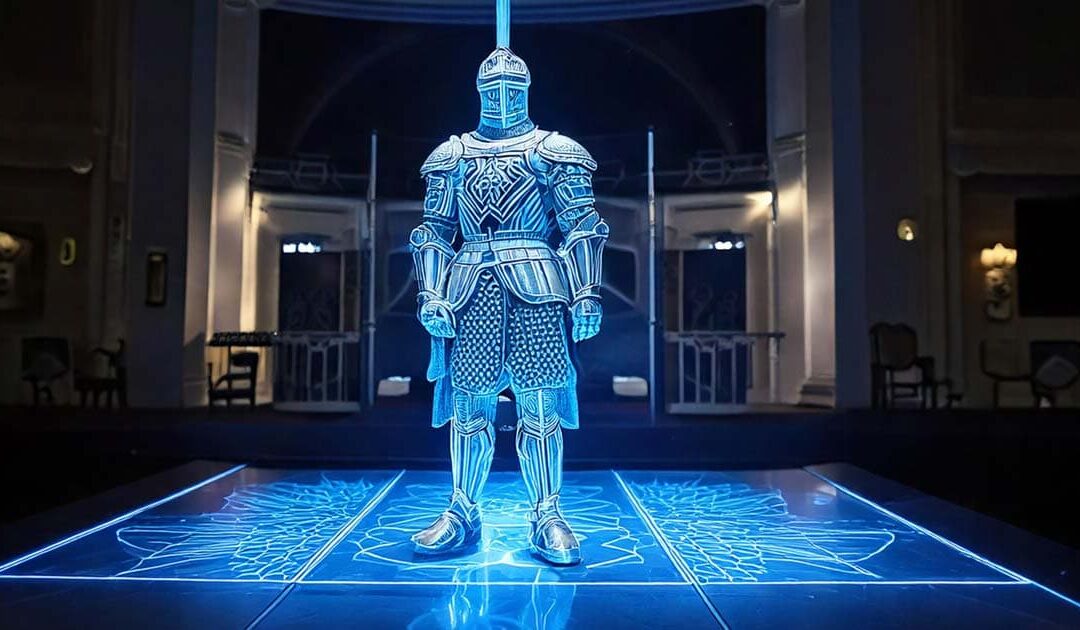
by Rachael Cristine Woody | Dec 11, 2024
Online exhibits lack the constraints that can make it impossible to relate stories in a physical exhibition and can inspire us to share in new ways

by Rachael Cristine Woody | Nov 27, 2024
Collections online offer multiple benefits for storytelling including greater flexibility and cost effectiveness around budgets and staff time.

by Rachael Cristine Woody | Nov 20, 2024
Storytelling with online collections is impactful, whether we choose online-only or as part of a hybrid approach to museum exhibitions.

by Rachael Cristine Woody | Nov 13, 2024
Digitizing museum collections introduces new and engaging opportunities for storytelling. By leveraging digital surrogates—essentially online representations of physical objects—museums can enhance how they present narratives and information to audiences.
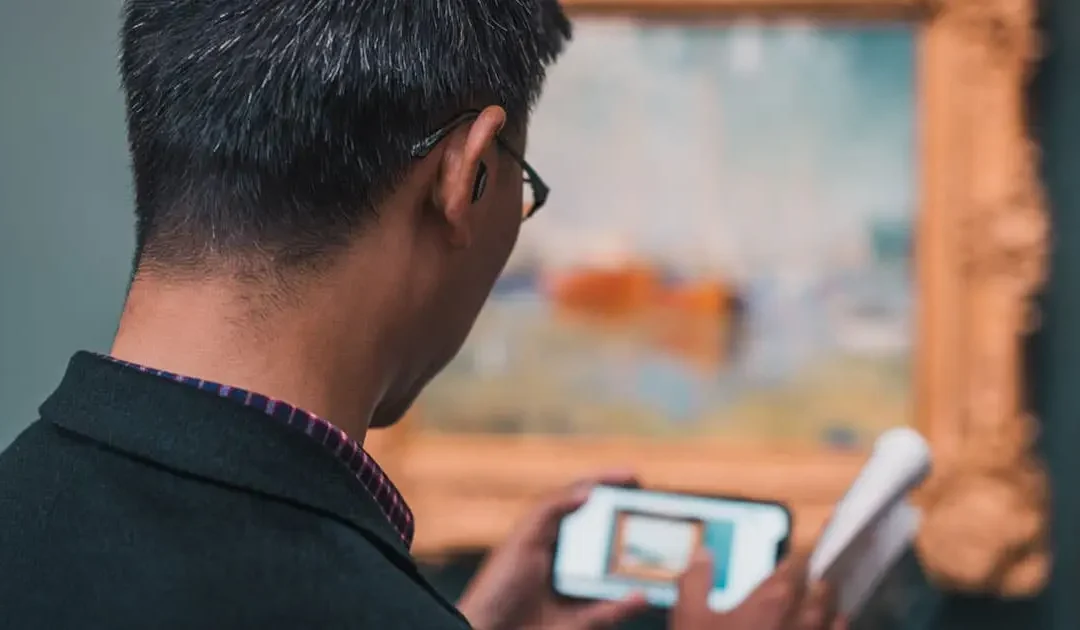
by Rachael Cristine Woody | Nov 6, 2024
Storytelling with museum collections online allows for a great degree of flexibility, offers additional detail, and lends a dynamism that is difficult to produce within a physical exhibition.

by Rachael Cristine Woody | Mar 8, 2023
Tips to make sure your museum data is good quality; the cleaner it is, the easier to migrate seamlessly from one CMS or spreadsheet to another CMS.
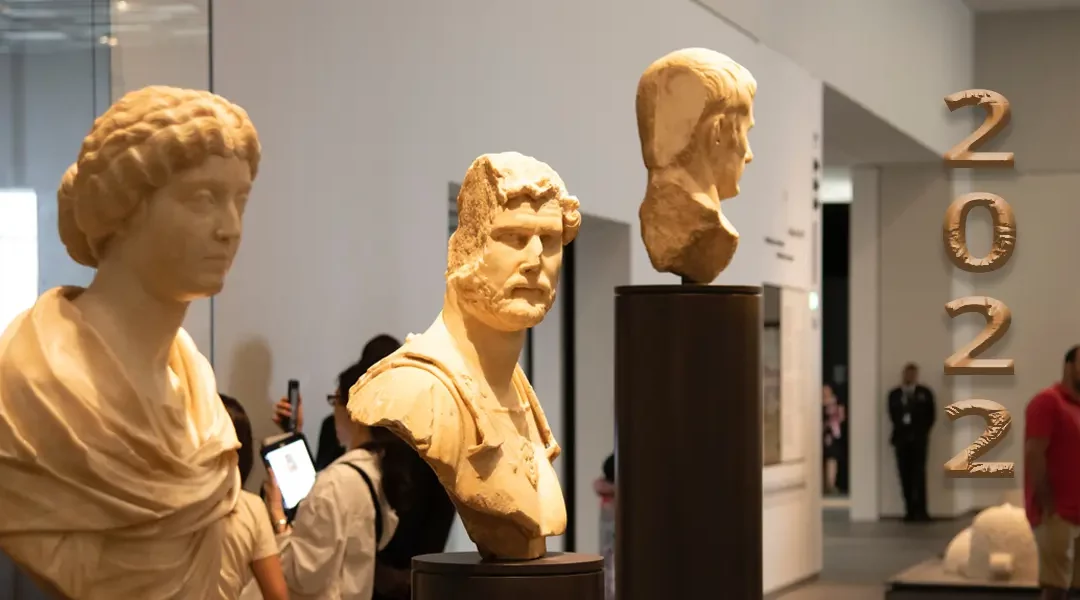
by Rachael Cristine Woody | Dec 21, 2022
Recap of how three areas helped evolve the museum field in 2022: accessibility, elimination of “entry-level” jobs, and a digital boom.
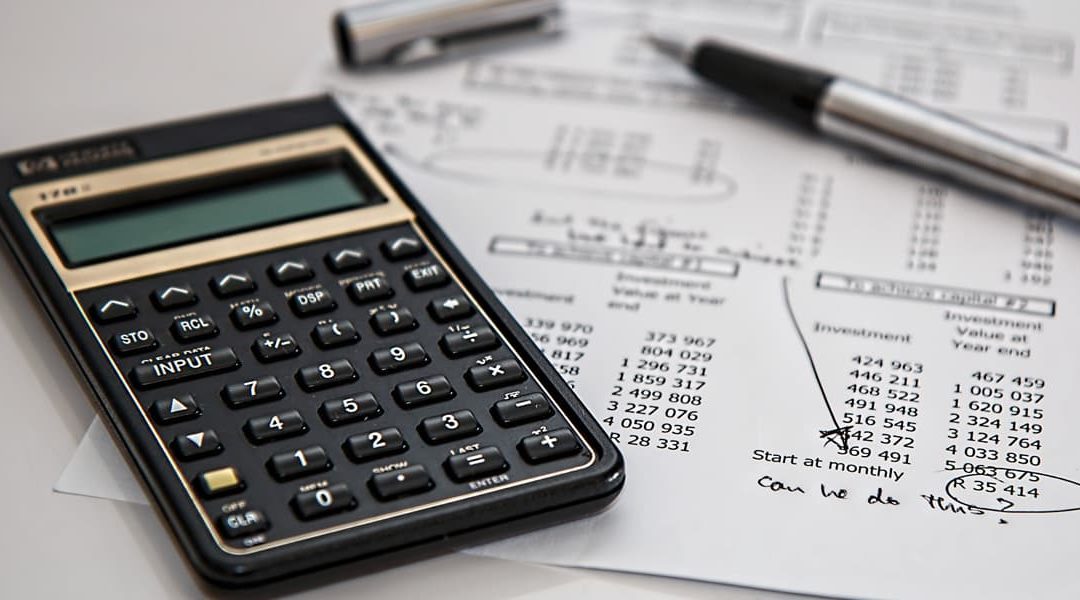
by Rachael Cristine Woody | Dec 7, 2022
You’ll successfully move a museum digital project forward if you know how to budget, how to accurately calculate costs, and where to find funding
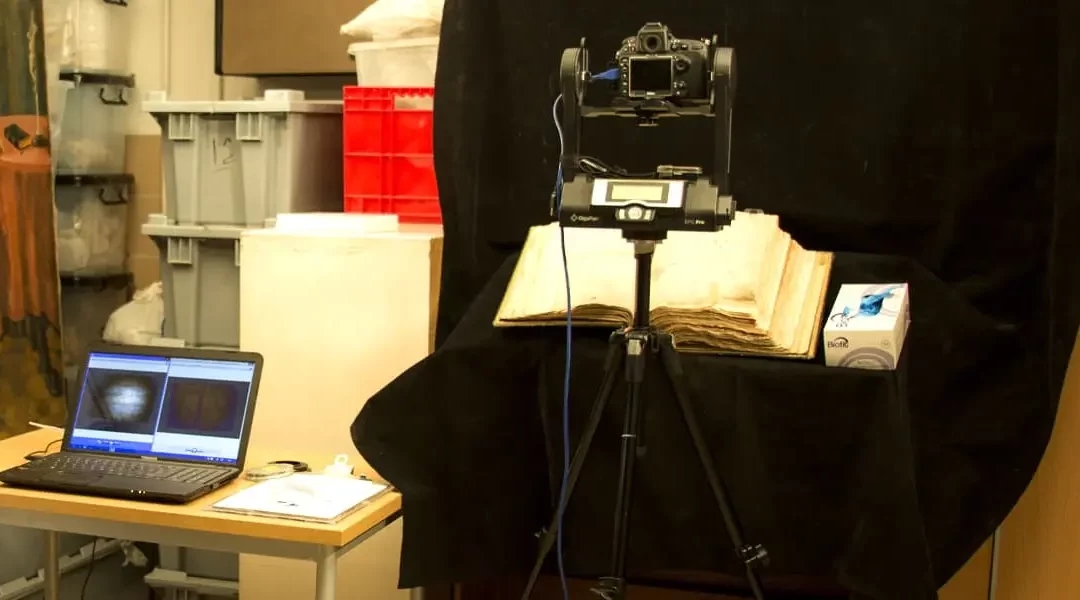
by Rachael Cristine Woody | Nov 30, 2022
Covers quality, file format, and metadata (cataloging) standards as the most common standards for museum digital project work.
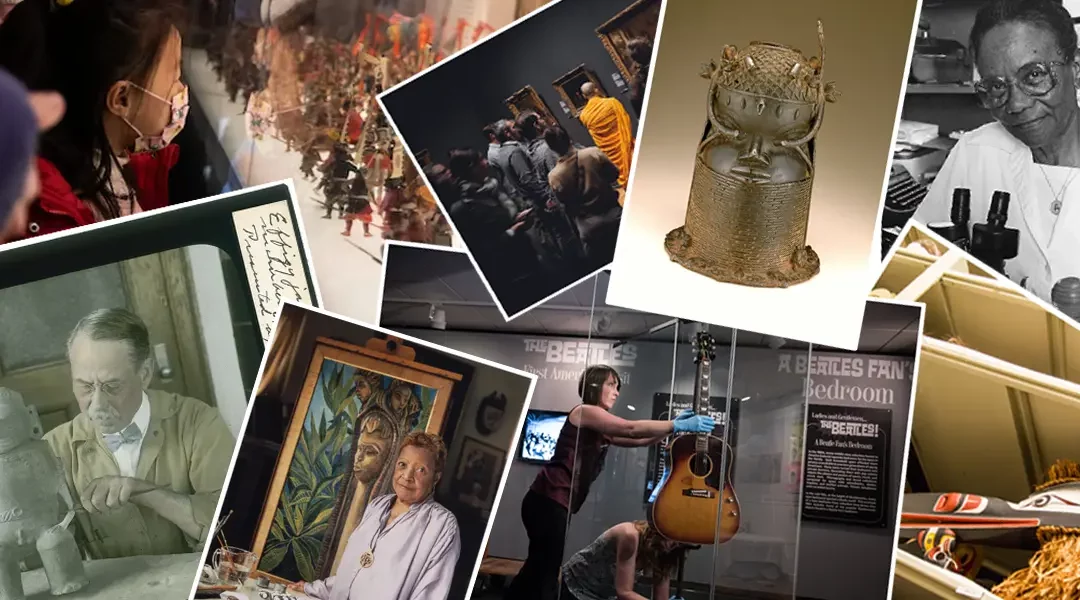
by Rachael Cristine Woody | Nov 23, 2022
Challenges museum staff face when engaging in the reparative and post-custodial models of DEI collections development; strategies for success.
























